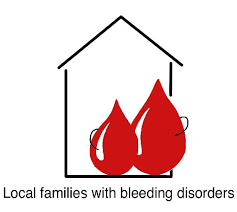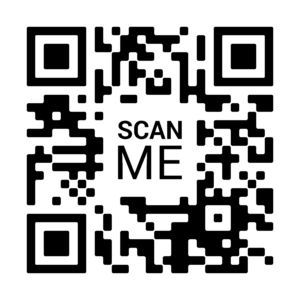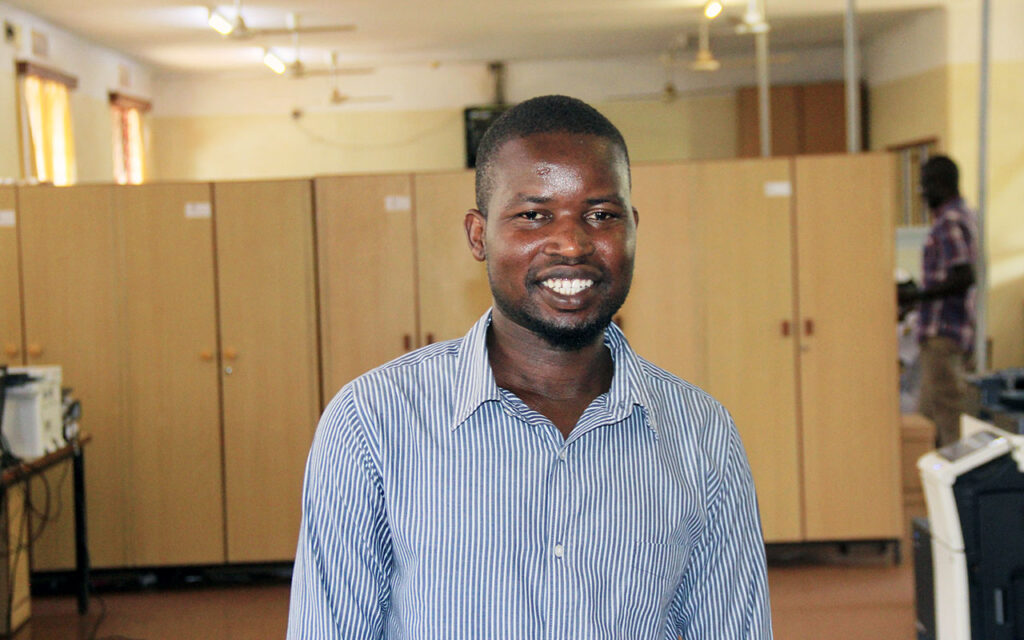Animating self-advocacy for the bleeding disorders community
If you live with a bleeding disorder, self-advocacy isn’t just important – it’s vital.
As a group of people who live with a bleeding disorder, and have family affected by a bleeding disorder, we think it’s important that everyone in the bleeding disorder community is able to advocate for themselves. But we also understand that it’s not always that easy.
As community ambassadors (Ross, Alex and Josh) and chair of the Local Families with Bleeding Disorders charity (LFwBD; Lisa), we know that many people with a bleeding disorder in the UK simply don’t know what they can ask for in terms of their care or what services are available through their treatment centre. We’ve all heard this first-hand, from a community event where people didn’t realise they could ask for simple items such as tourniquets and needles, to stories from parents struggling with aspects of their children’s care.
We didn’t know of any resources about self-advocacy tailored to the bleeding disorder community that could help address this – so we worked together to create one.
Making self-advocacy accessible
Following the award of an educational grant to Lfwbd from CSL Behring, and with support from Haemnet and the creative skills of Woven Ink, our small team created a short, animated video. ‘Self-Advocacy – What’s it all about?’ summarises the care available to people with bleeding disorders in UK and what they can ask for.
We wanted to create something that could reach out to all members of the bleeding disorders community, young and old, male and female, and that would be accessible to everyone that could benefit from self-advocacy tips. If you live with a bleeding disorder, it’s important to be able to speak up for yourself – and by the time you reach your mid-teens, it’s helpful if you can start taking responsibility for this.
We didn’t want to overload people and felt that creating a short animation, giving an overview of what self-advocacy means and how to go about it, would make for a truly accessible resource. It’s tailored to a UK audience, but we’d like to see the same kind of thing being created in countries across Europe, especially with new treatments arriving all the time. And going forward, we think it’s important that more resources are available to support people with a bleeding disorder to develop self-advocacy skills.
Why self-advocacy is important for the community
Living with a bleeding disorder comes with unique challenges that extend beyond medical needs. From maintaining joint health to pursuing a life without limitations, people in the bleeding disorder community need comprehensive care and tailored support. This is where the significance of self-advocacy shines through – it’s about empowering individuals to take control of their health and overall wellbeing.
Self-advocacy involves:
- Speaking up: Sharing personal concerns, both medical and lifestyle-related, with your care team
- Seeking needs: Requesting specific treatments or services that align with your individual goals
- Understanding rights: Being aware of your rights and responsibilities within the healthcare system
- Informed decision-making: Participating in care decisions that impact your life positively.
Engaging in self-advocacy means that you amplify your role in shaping your care journey. For instance, if you have an active lifestyle, you might want to switch to a longer-acting treatment for enhanced protection when you’re taking part in physical activities. Conversations with your care team foster collaboration and pave the way for shared decisions that are best suited to you as an individual.
Self-advocacy stands as a vital pillar within the bleeding disorder community. It’s about expressing your needs, influencing decisions about your care, and not being a passive recipient of care – it makes you an informed and empowered partner.
Using animation to empower
Our self-advocacy animation serves as a tool to raise awareness about haemophilia and other bleeding disorders within the broader community. Sharing personal experiences, challenges and triumphs is beneficial to the community as a whole, and it sits at the heart of what Lfwbd does as a charity. Through sharing our stories, we all have the ability to educate others about the nature of our disorder, its impact on daily life, and the importance of understanding and support.
Using video enables a comprehensive depiction of the individual’s journey through haemophilia care. Visual storytelling can capture emotions, struggles, and achievements in a way that written or spoken words alone may not convey. We hope that using this approach in ‘Self Advocacy – What’s it all about?’ will help viewers relate to the experiences shown – empathy and connection are powerful tools when it comes to advocacy, both for yourself and for others.
We also hope that the video will inspire and empower. When people with a bleeding disorder see their peers confidently sharing their stories and advocating for their needs, it can create a sense of solidarity – and, importantly, encourage them to do the same. We see this among the families involved in Lfwbd, but we also recognise that there are many individuals and families affected by bleeding disorders who feel isolated. Talking and sharing stories can help create a supportive network that breaks down this sense of isolation.
Of course, making a video available and accessible online means it has the potential to reach a wider audience too, through social media platforms and online sharing. Maybe this broad reach will go some way to help dispel misconceptions about haemophilia and encourage open conversations about the disorder. And perhaps it will prompt greater understanding among people who are unfamiliar with bleeding disorders, ultimately contributing to a more informed and inclusive society.
We think the video can be a valuable resource for healthcare professionals too. By hearing about the experiences of individuals living with a bleeding disorder, either directly or through their carers/family, medical professionals can gain insights into the practical challenges they face. This ultimately supports better treatment and care for everyone affected by a bleeding disorder – patients, carers and families.
About the authors
Ross Bennett, Alex Taylor-Rose and Josh Taylor-Rose are Youth Ambassadors for The Haemophilia Society. All live with severe haemophilia.
Lisa Steadman is chair of the Local Families with Bleeding Disorders charity. She is a carrier of haemophilia and the mother of son with severe haemophilia with inhibitors
 About Local Families with Bleeding Disorders
About Local Families with Bleeding Disorders
Founded in 2019, Lfwbd is a volunteer-run charity that supports families living with bleeding disorders by bringing them together. Its membership includes people with a bleeding disorder, parents, carers and nurses. Although predominantly based in London and the Home Counties, Lfwbd supports families nationwide. The charity organises four or five social events each year where families can meet, share stories and benefit from informal mutual support.
For more information about Haemnet’s creative approach to communication, email us at info@haemnet.com

Scan the QR Code to follow us on Social Media


